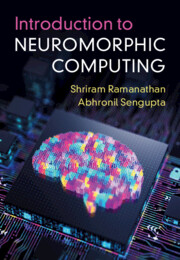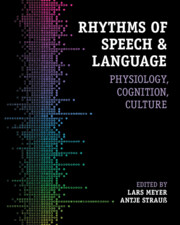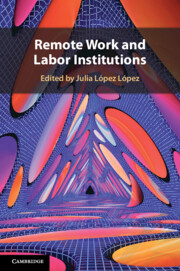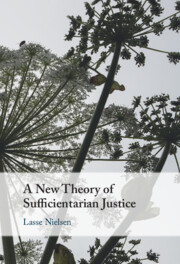Refine search
Actions for selected content:
3388588 results

Introduction to Neuromorphic Computing
- Coming soon
-
- Expected online publication date:
- January 2026
- Print publication:
- 31 January 2026
-
- Book
- Export citation

The Indian Ocean and the Historical Imagination in Afro-Asian Fiction
- Coming soon
-
- Expected online publication date:
- January 2026
- Print publication:
- 31 January 2026
-
- Book
- Export citation

Stahl's Deprescriber's Guide
- Coming soon
-
- Expected online publication date:
- January 2026
- Print publication:
- 31 January 2026
-
- Book
- Export citation

Voice and Argument Structure in Basque
- Coming soon
-
- Expected online publication date:
- January 2026
- Print publication:
- 31 December 2025
-
- Book
- Export citation
Arab Nationalism, Decolonization and the Making of a Transregional Literature
- Coming soon
-
- Expected online publication date:
- January 2026
- Print publication:
- 31 January 2026
-
- Book
- Export citation

After Disability Rights
- Confronting Ableism at Life's Margins
- Coming soon
-
- Expected online publication date:
- January 2026
- Print publication:
- 31 January 2026
-
- Book
- Export citation
When Hedging Fails
- Structural Uncertainty, Protective Options, and Geopolitical (Im)Prudence in Smaller Powers’ Behaviour
- Coming soon
-
- Expected online publication date:
- January 2026
- Print publication:
- 31 January 2026
-
- Element
- Export citation

How the Brady Plan Delivered on Debt Relief
- Lessons and Implications
- Coming soon
-
- Expected online publication date:
- January 2026
- Print publication:
- 31 January 2026
-
- Element
- Export citation

Rhythms of Speech and Language
- Physiology, Cognition, Culture
- Coming soon
-
- Expected online publication date:
- January 2026
- Print publication:
- 31 January 2026
-
- Book
- Export citation
Trials and Penal Sanctions by Non-State Armed Groups
- Between Rough Justice and Rebel Rule of Law
- Coming soon
-
- Expected online publication date:
- January 2026
- Print publication:
- 31 January 2026
-
- Book
- Export citation
An Ocean of Rumours
- News and Information in the Atlantic World
- Coming soon
-
- Expected online publication date:
- January 2026
- Print publication:
- 31 January 2026
-
- Book
- Export citation
Geopolitical Union
- Europe's Attempt to Take Back Control of Technology Regulation
- Coming soon
-
- Expected online publication date:
- January 2026
- Print publication:
- 31 January 2026
-
- Book
- Export citation
Illiberal Law and Development
- Property Rights and Conflict Over Land in China
- Coming soon
-
- Expected online publication date:
- January 2026
- Print publication:
- 31 January 2026
-
- Book
- Export citation
A Metaphysics and Science of our Agency
- Coming soon
-
- Expected online publication date:
- January 2026
- Print publication:
- 31 January 2026
-
- Book
- Export citation

Remote Work and Labor Institutions
- Coming soon
-
- Expected online publication date:
- January 2026
- Print publication:
- 31 January 2026
-
- Book
- Export citation

The Net-Zero Transitions in Energy and Finance
- Southeast Asia and Beyond
- Coming soon
-
- Expected online publication date:
- January 2026
- Print publication:
- 31 January 2026
-
- Book
- Export citation

The Rise of Authoritarian Middle-Powers and What It Means for World Politics
- Coming soon
-
- Expected online publication date:
- January 2026
- Print publication:
- 31 January 2026
-
- Element
- Export citation

A New Theory of Sufficientarian Justice
- Coming soon
-
- Expected online publication date:
- January 2026
- Print publication:
- 31 January 2026
-
- Book
- Export citation

The Spatial Dimension In Environmental and Resource Economics
- Coming soon
-
- Expected online publication date:
- January 2026
- Print publication:
- 31 January 2026
-
- Element
- Export citation

Islam and Modern Cosmology
- Coming soon
-
- Expected online publication date:
- January 2026
- Print publication:
- 01 April 2027
-
- Element
- Export citation
